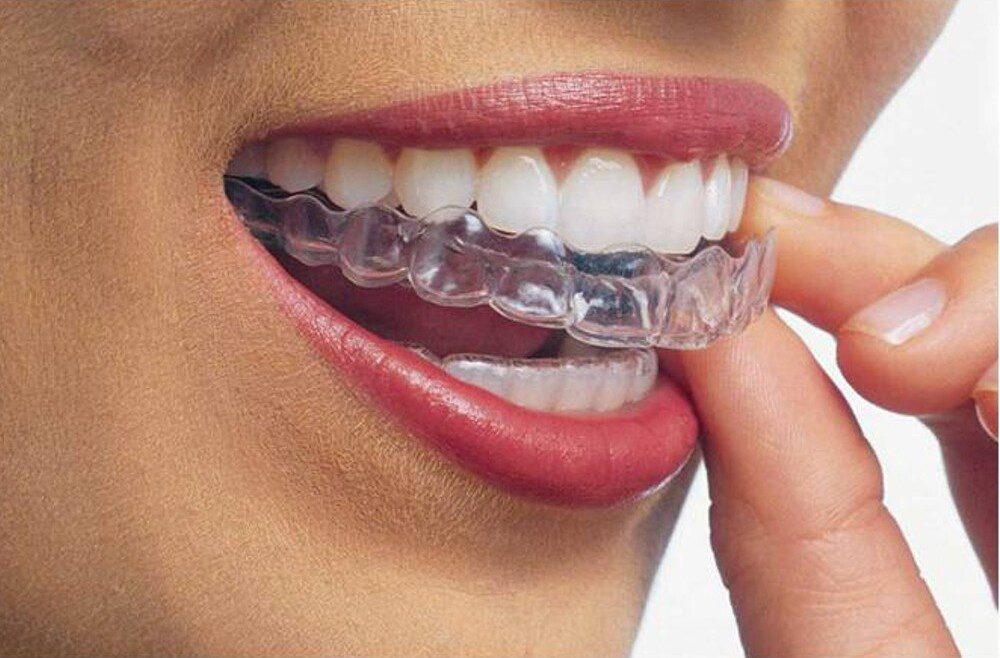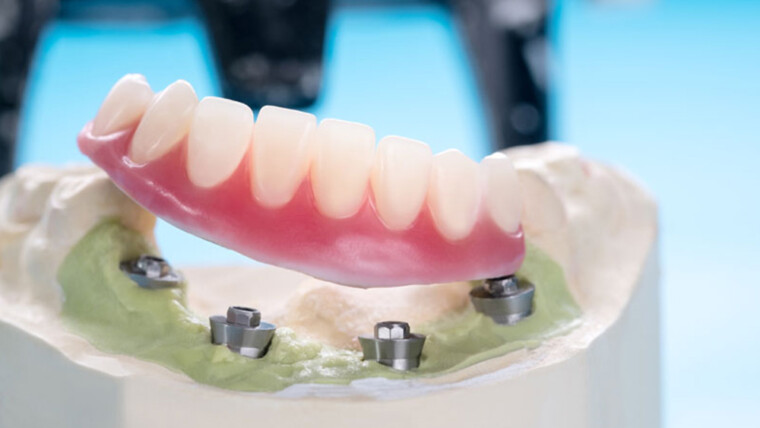Orthodontic Treatment
Orthodontics stands out as a distinct specialty in the field of dentistry, with orthodontists specializing in the alignment of teeth and jaws, effectively addressing issues such as irregular bite patterns. Although many general dentists can handle some orthodontic procedures, they often refer severe malocclusion cases to orthodontic specialists.
How do I know if I need orthodontic treatment?
Your dentist’s evaluation is the key to ascertaining the necessity of orthodontic treatment. Nonetheless, if you find yourself dissatisfied with your smile’s aesthetics or are grappling with problems like jaw discomfort, it’s advisable to communicate these concerns to your dentist. This way, they can conduct a thorough assessment to determine whether orthodontic intervention is warranted.
By closely examining your teeth and jaw, often complemented by X-rays, we can accurately gauge your requirements. Furthermore, you have the opportunity to express any apprehensions about your smile’s appearance, potentially leading to the inclusion of orthodontic solutions in your personalized treatment plan.
Diving Deeper into Orthodontics
Orthodontists and dentists work collaboratively to develop treatment plans for patients requiring teeth-straightening procedures, particularly to resolve malocclusions, where teeth misalignment is a concern. Misalignments can occur for various reasons, such as dental and facial injuries, disproportionately sized teeth and jaws, or the development of adult teeth in irregular positions.
Malocclusions may also be attributed to factors like:
- Habits: Thumb sucking, mouth breathing, and tongue thrusting
- Prolonged use of pacifiers or bottles
- Premature loss of milk teeth (baby teeth), impacting the alignment of adult teeth
- Oral conditions including cleft lip and temporomandibular disorders (TMD)
- Gum diseases leading to tooth mobility
- Genetic factors
- Poor nutrition, especially in developing children
- Inadequate dental care and oral hygiene
- Oral or jaw tumors
These underlying causes may result in conditions such as crooked teeth, overbites, underbites, open bites, crossbites, and issues of spacing and crowding. While many of these problems initially manifest during childhood, they can also emerge during adolescence or adulthood.




